Video is hot, hot, hot. Carrying around a tripod is often not. Most viral videos are shot live, hand-held and in real time, but because most of it is shot on smart devices, the results are often shaky.
DJI Osmo+
The original DJI Osmo is a handle and powered gimbal unit to allow you to use your smartphone as a video camera while leveraging DJI’s proven gimbal head stabilization to help stabilize your video. It’s a great tool, but you lose on the camera, because of the tiny sensor size, lack of optical zoom and limited dynamic range of the smartphone’s camera.
The Osmo+ changes the game by using a Sony EXMOR R CMOS sensor in the camera design. You can see the difference in image quality.
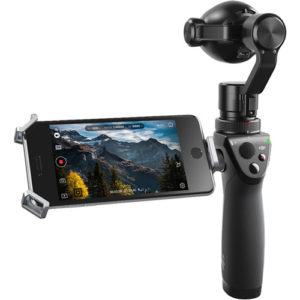
Figure 1: DJI Osmo+ with smartphone in cradle
By changing the camera and sensor to one with attention to quality, you raise your game. You still use your smartphone as your viewing display, but it’s not working as the camera/recorder, so you immediately get an improvement on battery life. The Osmo+ is self-contained, with the camera and gimbal powered by a convenient, yet long-lived, battery stored in the handle.
Images are stored on a microSD card, so if you run out of space, you just pop in another card. The card is readily accessible, so time lost is minimal.
The Osmo+ is a well-built piece of kit. You still treat the gimbal as quality equipment, not bashing it around, and it will work well in most conditions. It is not weather sealed, but your phone may not be either; you may not be making your greatest videos in a raging downpour anyways.
Sharing is easy using the DJI GO App, available from the App Store or Google Play for iOS and Android. There’s no latency between the camera and the display.
Recording
The DJI Osmo+ can shoot DCI 4K at 24 fps and UHD 4K at 30 fps. You can also shoot Full HD at up to 120 fps. Colour fidelity and exposure are excellent, but you have full manual control of the device through the smartphone app.
The handle allows you to smoothly pan and tilt the camera via a multi-position rocker, and a trigger provides the capability to rapidly recentre the camera position. The frame for your smartphone is made from metal, instead of plastic as on other tools, and holds your phone securely.
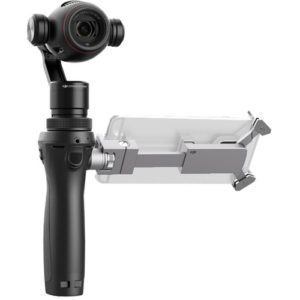
Figure 2: DJI Osmo+ showing the extensible cradle for your smartphone
The Osmo+ has a built-in microphone, but the kit that I bought came with an external microphone that delivers better sound, and the standard microphone input means you can use any microphone with a 3.5mm plug.
The Basic Kit
The Osmo+ comes in a variety of kit options. I bought mine as a starter pack which included the Osmo+, a really nice case, a battery, a charger, the mounting frame for the smartphone, a lanyard, the external microphone, and a microSD card. This kit sells for about $730 CAD.

Figure 3: DJI Osmo+ basic kit
Accessories
One of the elements that made GoPro so successful was the comprehensive group of accessories that they made available and at very reasonable cost. This was not lost on DJI and they have a number of accessories for the Osmo+.
The trick for me, was to not overload the device, prone as I am to want to do everything I can in a single place.
I did add what they call the Osmo Extension Stick which is like a selfie stick that also adds a 1/4″–20 fitting for attachment to any tripod. DJI actually makes an Osmo Tripod, but I had several tabletop tripods around and used one from Manfrotto.
I added the Osmo Base, which is a tabletop base, perfect for Vlogging or static recording. It’s also small and lightweight so it can go anywhere.
I purchased the Osmo Universal Mount which is basically a cheese plate type of thing that attaches to the Extension arm, so you can mount more kit, such as an external audio recorder if you need more than one input.
The last accessory that I bought was the most expensive; it’s called the Osmo Z-Axis arm. While I find the Osmo+ stabilization to be excellent, the Z-Axis takes it a level up, and reminds me very much of a big camera stabilizer arm with a powerful tensionable spring to give you very smooth camera control while walking with the Osmo+ and filming.
Check www.henrys.com for a list of all the Osmo accessories.
I found it so useful, that I bought it
The Osmo+ is the perfect bridge between adequate smartphone video and video from a DSLR or Mirrorless Camera mounted on a stabilizing platform such as DJI’s own Ronin-M.
If you have questions about this or any other subject, please leave a comment below.
Until next time, peace.
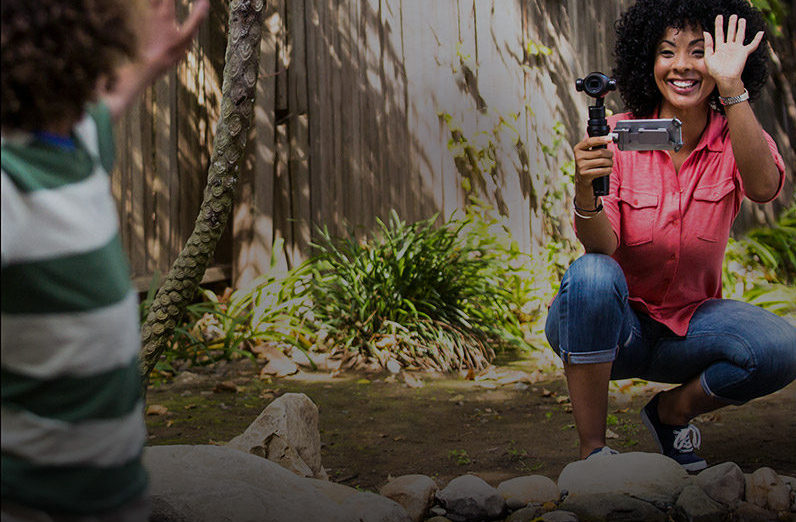
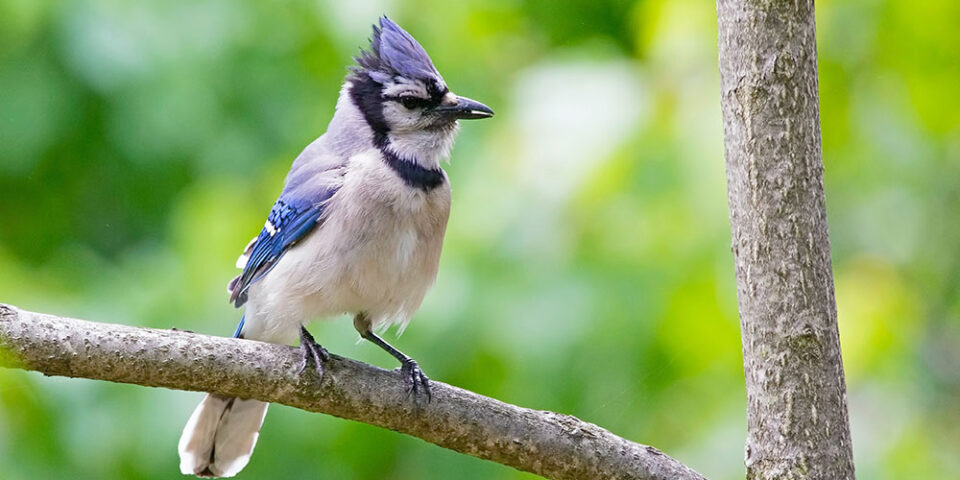
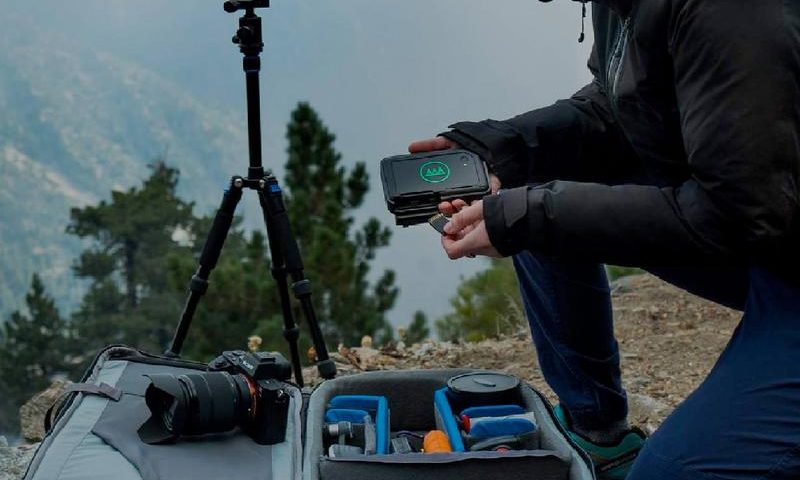
COMMENT (1)
Pingback: How to Stabilize Your Camera for Vlogging | Photography and video news, reviews and tips | Henry's Camera